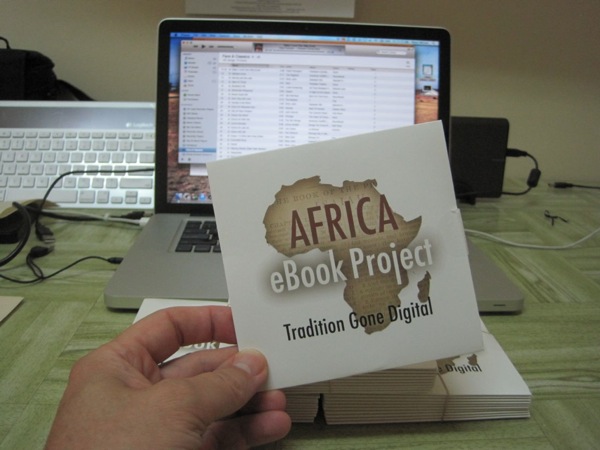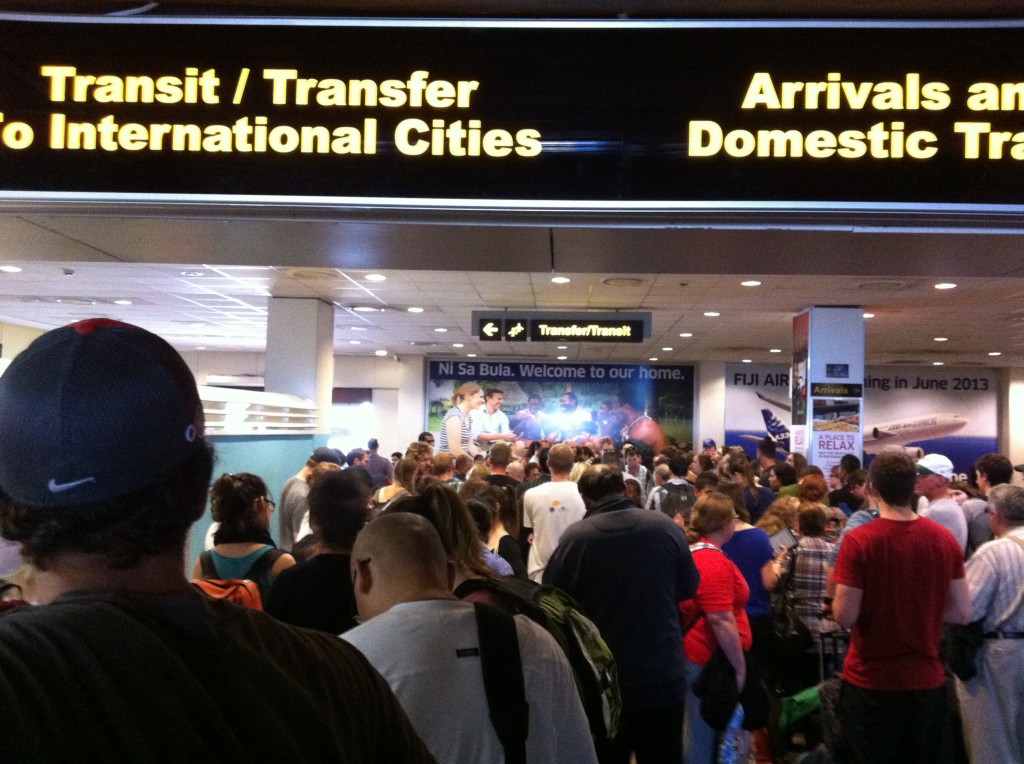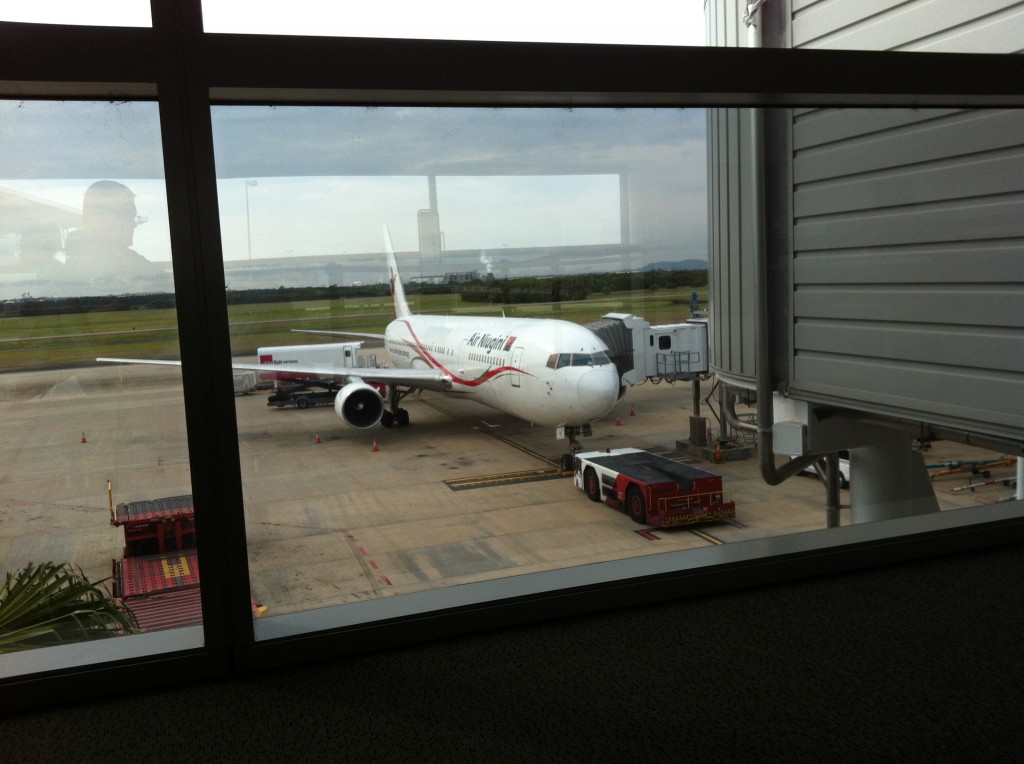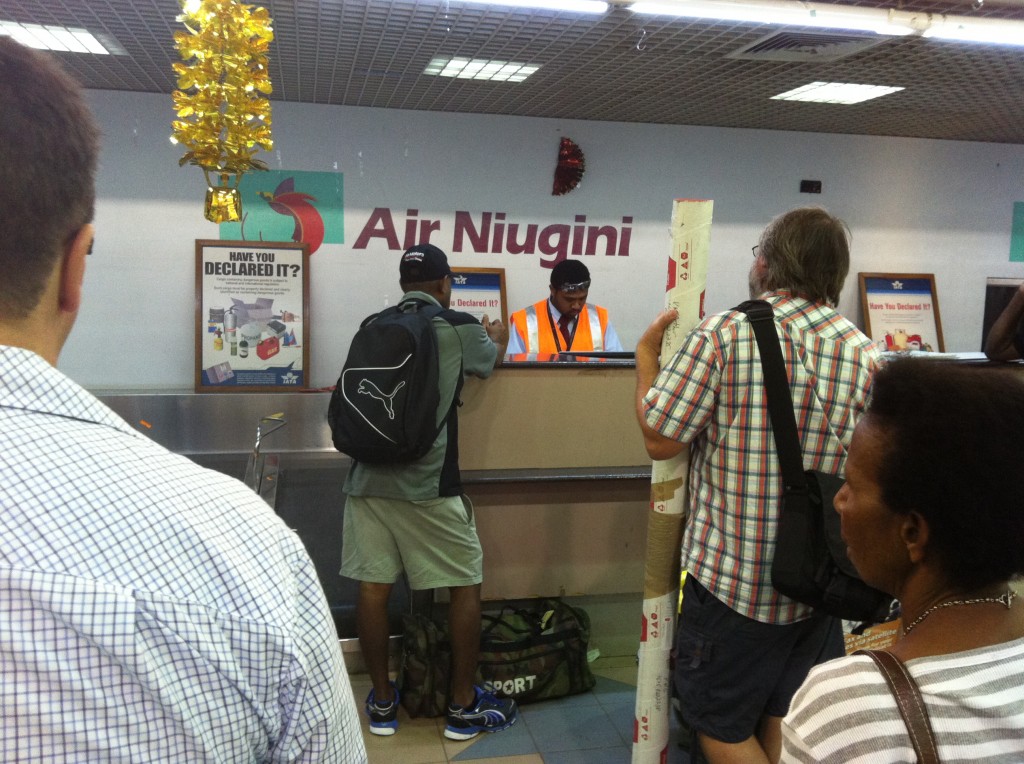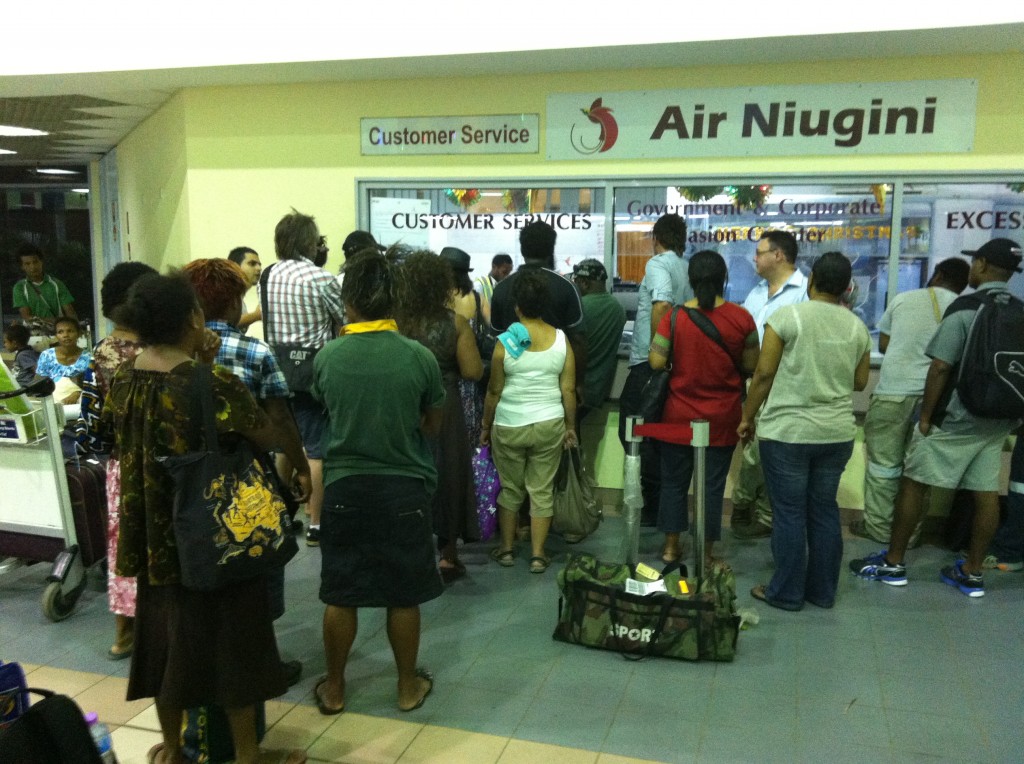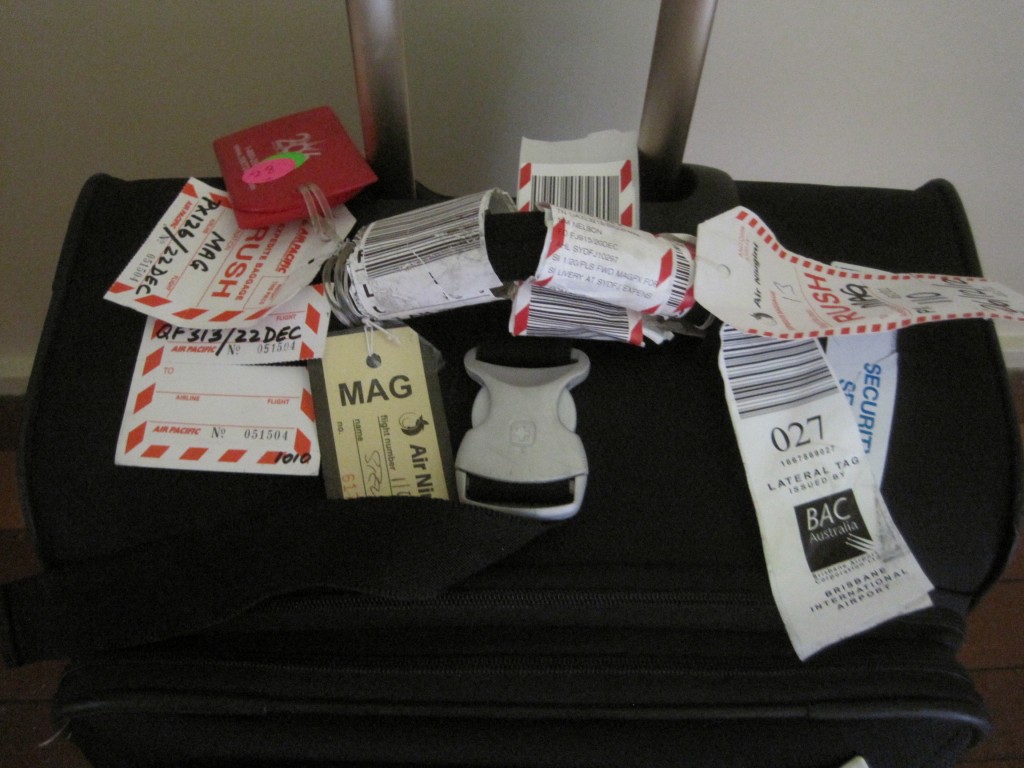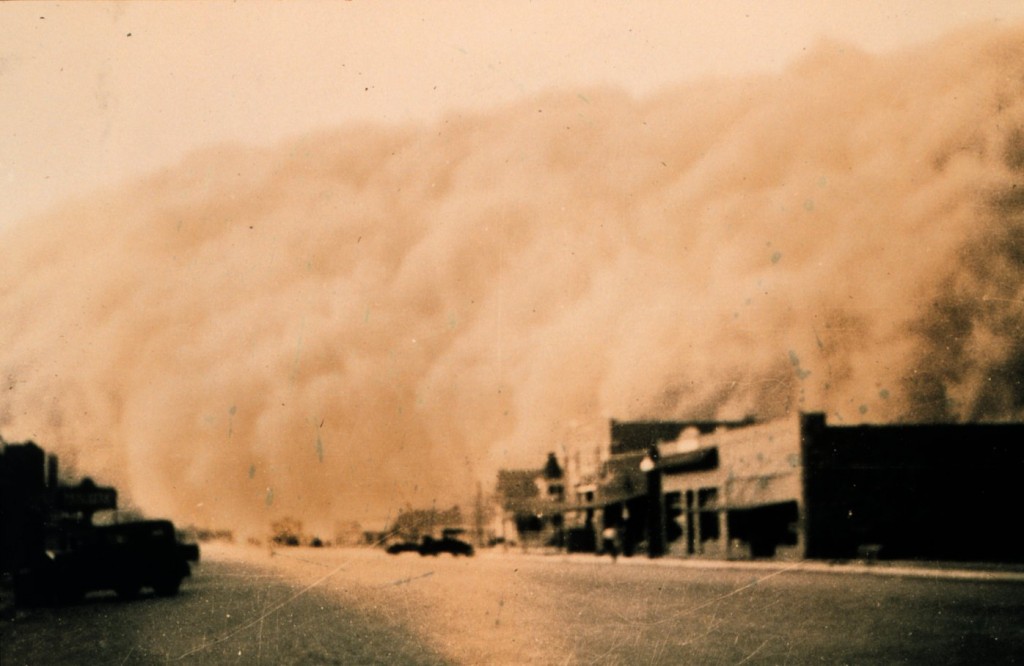There are more than 800 indigenous languages in PNG, the most of any nation I’m told. Because of their long administration by Britain and Australia, English is one of the official languages and is used for most government functions and in the schools.
Another official language is Tok Pisin (often called pidgin) which is more widely spoken than English. It’s an English based creole language (a patois, perhaps?) that was developed primarily so that people of the various other language groups and villages could communicate with each other.
Mass in the villages is mostly said in Tok Pisin, which has an approved version of the Sacramentary for their use. (Interestingly, I’m told it was a more accurate translation before the English one was updated.)
If you’d like to see a sample of the language, here’s the Lord’s Prayer in Tok Pisin. If you read it aloud, you can probably hear its English roots and get the gist of it.
Papa bilong mipela, yu stap long heven. Mekim nem bilong yu i kamap bikpela. Mekim kingdom bilong yu i kam. Strongim mipela long bihainim laik bilong yu long graun, olsem ol i bihainim long heven. Givem mipela kaikai inap long tude. Pogivim rong bilong mipela olsem mipela i pogivim ol arapela i mekim rong long mipela. Sambai long mipela long taim bilong traim. Na rausim olgeta samting nogut long mipela.
Here’s my rudimentary translation. I don’t speak any Tok Pisin yet, so I used a dictionary in many cases. So if you’re a speaker of Tok Pisin, please feel free to correct my mistakes!
Papa bilong mipela
“Father who belongs to us” = Our Father
yu stap long heven
“you are in heaven” = who art in heaven
Mekim nem bilong yu i kamap bikpela.
“Make your name to come up to greatness” = Hallowed be thy name
Mekim kingdom bilong yu i kam
“Make your kingdom come” = Thy kingdom come
Strongim mipela long bihainim laik bilong yu long graun
“Strengthen us to follow what you wish on earth” = Thy will be done on earth,
olsem ol i bihainim long heven
“also as it is followed in heaven” = as it is in heaven
Givim mipela kaikai inap long tude
“Give us food enough for today” = Give us this day our daily bread
Pogivim rong bilong mipela
“Forgive the wrongs of us” = forgive us our trespasses
olsem mipela i pogivim ol arapela i mekim rong long mipela
“also we forgive others doing wrong to us” = as we forgive those who trespass against us
Sambai long mipela long taim bilong traim
“Stand by us in time of trial/temptation” = Lead us not into temptation
Na rausim olgeta samting nogut long mipela
“And remove all bad things from us” = But deliver us from evil
